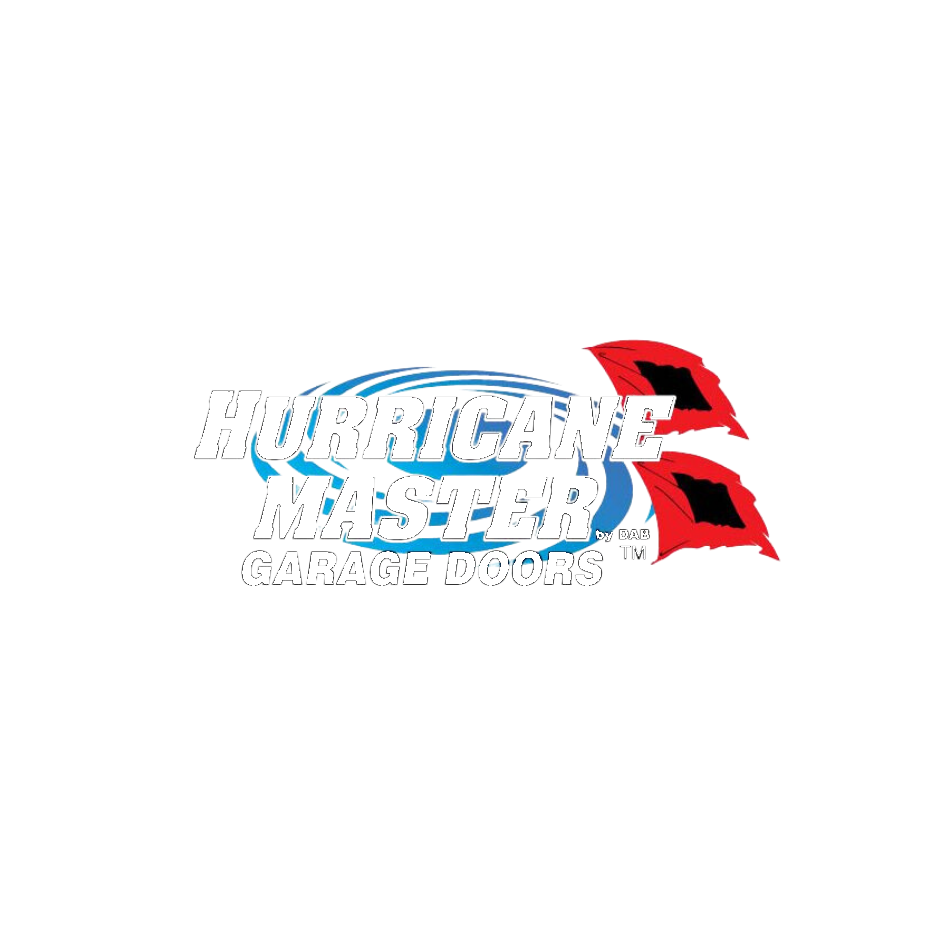Wind-load garage door is one of our most critical focus keyphrases: if you’re in Florida, protecting your home against hurricane-force winds starts here. This guide will cover everything from code requirements to installation best practices.
1. Introduction
Florida’s coastline experiences some of the highest wind speeds in the nation. Standard garage doors simply aren’t built to withstand 150+ mph gusts or the pressure differentials they create. Wind-load garage doors are engineered, tested, and certified to resist these loads—ensuring the largest entry in your home stays shut when you need it most.
2. Understanding Wind Load
Wind load is the lateral pressure exerted by wind on a surface. In code jargon you’ll see “PSF” (pounds per square foot) or “design pressure” expressed in positive and negative values, e.g. +55/-55. The higher the number, the stronger the door.
2.1 Zones & Design Pressures
| Zone | Coastal Distance | Design Pressure (PSF) |
|---|---|---|
| High-Velocity Hurricane Zone (HVHZ) | 0–1 mile | +55 / −55 |
| V-Zone | 1–3 miles | +45 / −45 |
| Inland | >3 miles | +25 / −25 |
3. Florida Building Code Requirements
The Florida Building Code (FBC) mandates that all new and replacement garage doors in HVHZ and V-Zones must be wind-load rated. A third-party lab (e.g. Miami-Dade TAS 201/202/203) must certify compliance.
- HVHZ: TAS 201 / 202 / 203 impact & cyclic-pressure testing
- V-Zone: ASTM E330 / E1886 / E1996
- Inland: ASTM E330 for pressure testing
4. How to Choose the Right Wind-Load Garage Door
When shopping:
- Verify design pressure. Match door rating to your zone.
- Material choice. Steel offers highest strength; aluminum is lighter.
- Insulation & R-value. Helps with energy efficiency, but doesn’t affect wind load.
- Finish & maintenance. Galvanized or powder-coat for corrosion resistance.
5. Installation Best Practices
Proper installation is just as important as product selection. Follow these key steps:
- Prep opening: Check plumb, level, and square.
- Anchor reinforcement struts: Top, middle, and bottom as per manufacturer.
- Install tracks & rollers: Ensure they’re aligned and fastened to wind-load brackets.
- Test cycle: Run door through full travel. Listen for binding or rubbing.
- Seal edges: Use high-performance seals to keep out water and pressure.
6. Maintenance & Inspection Tips
To keep your wind-load door in top shape:
- Bi-annual inspection of struts, brackets, and tracks.
- Lubricate rollers, hinges, and springs every 6 months.
- Tighten any loose fasteners after storm season.
- Check weatherseal integrity to prevent pressure leaks.
7. Additional Resources & Spec Sheets
Download our free spec sheet for full wind-load test data and pressure curves:
→ Download Wind-Load Spec Sheet (PDF)
Ready for a Code-Compliant, Wind-Load Garage Door?
At Hurricane Master by DAB, we specialize in Florida-certified wind-load garage doors. Contact us today or call +1-800-257-2016 for a free quote.

